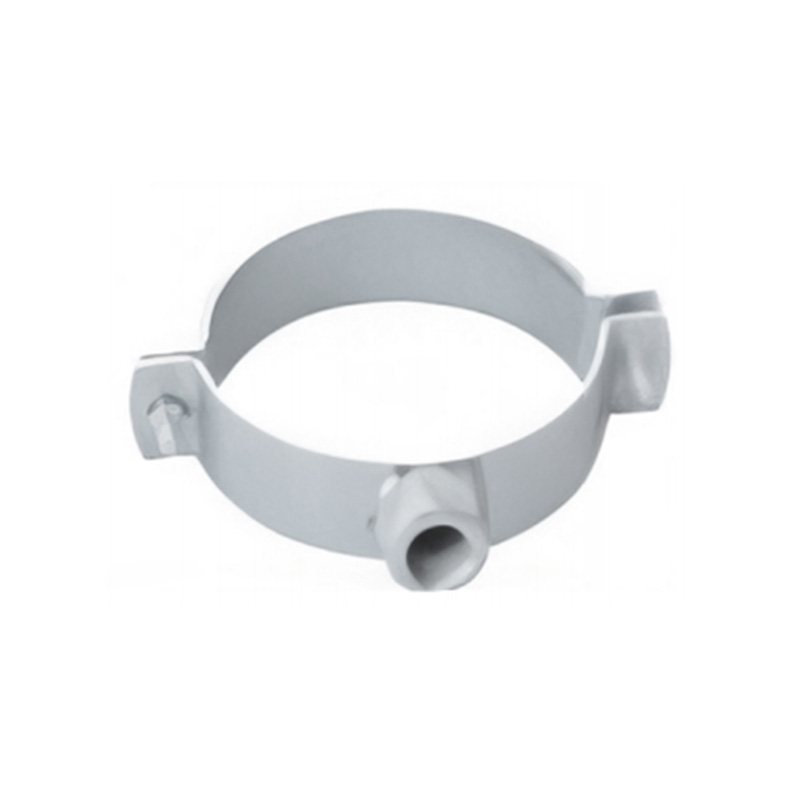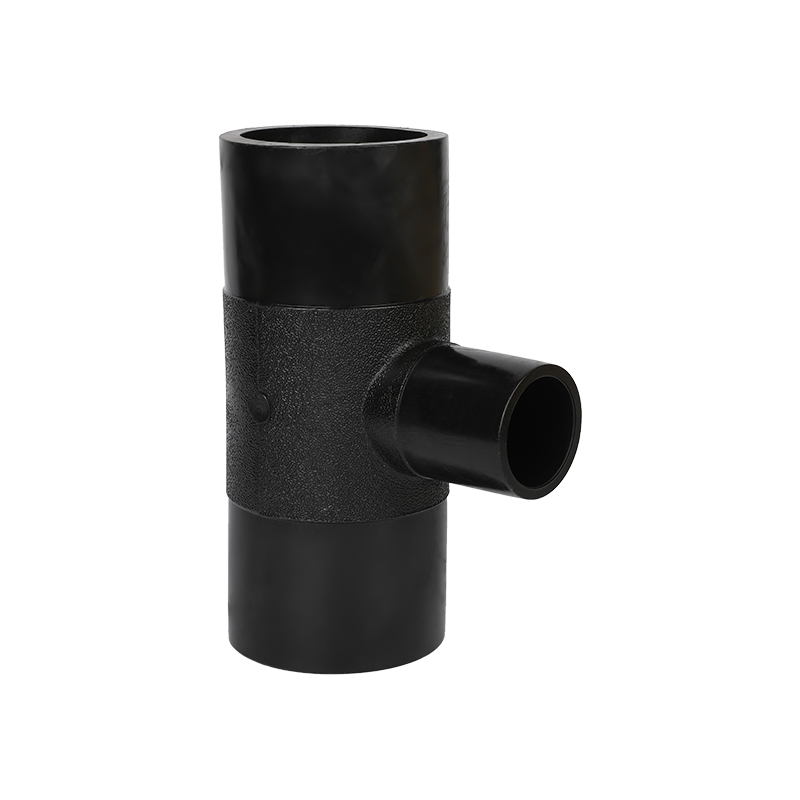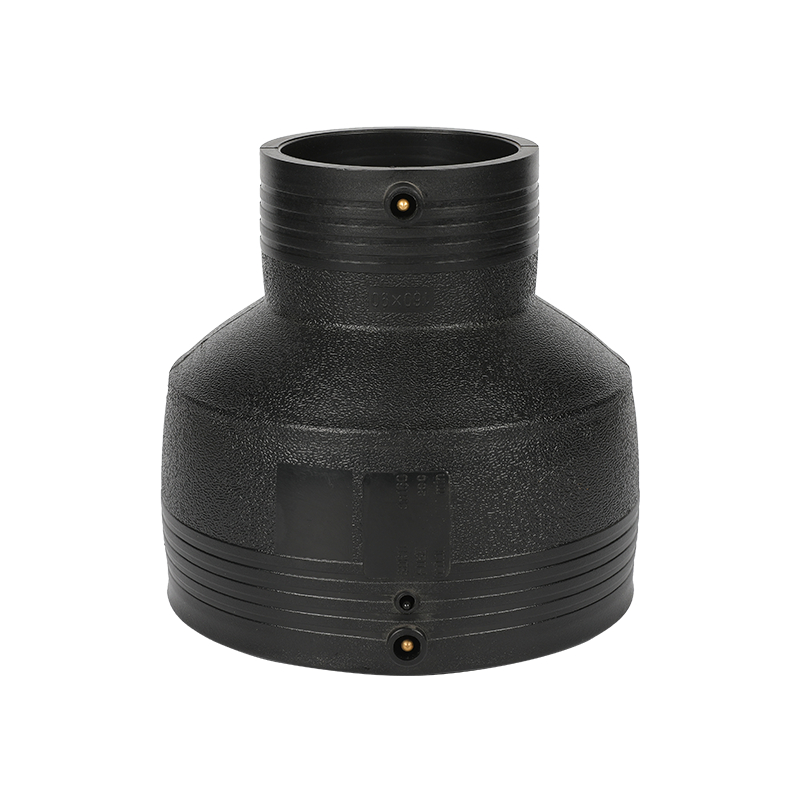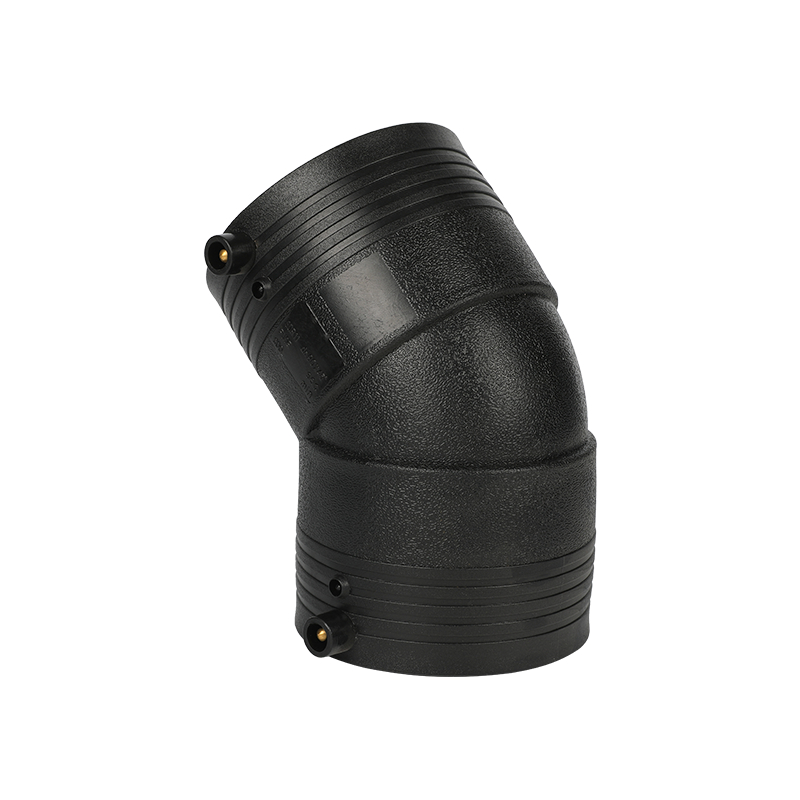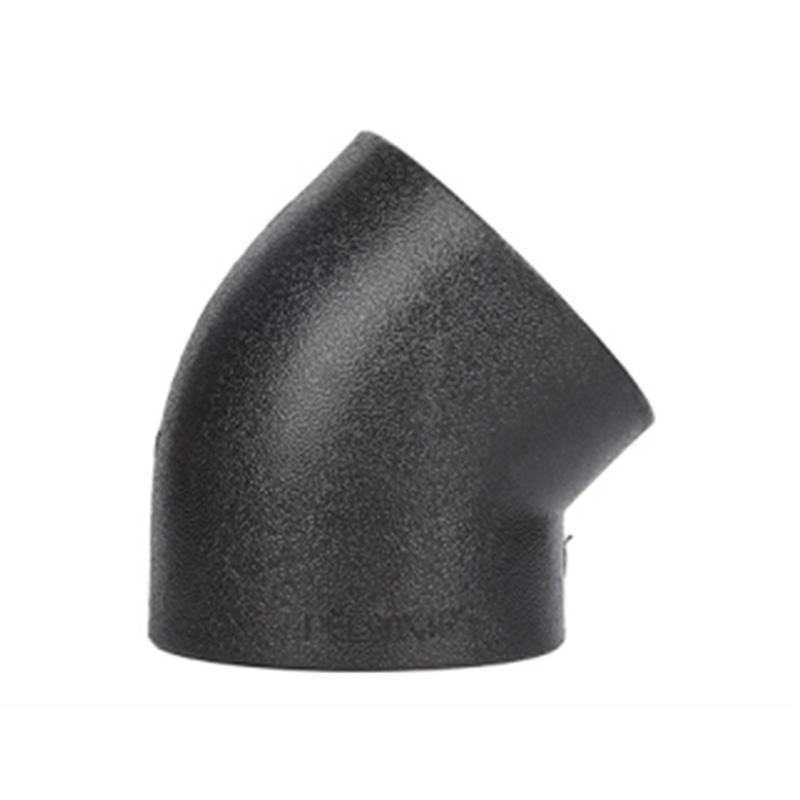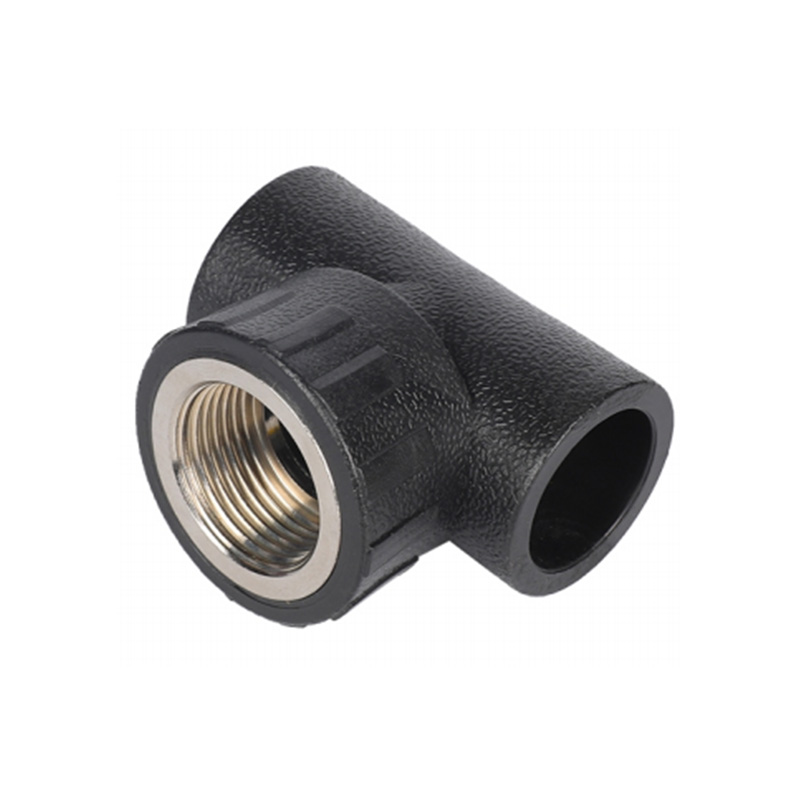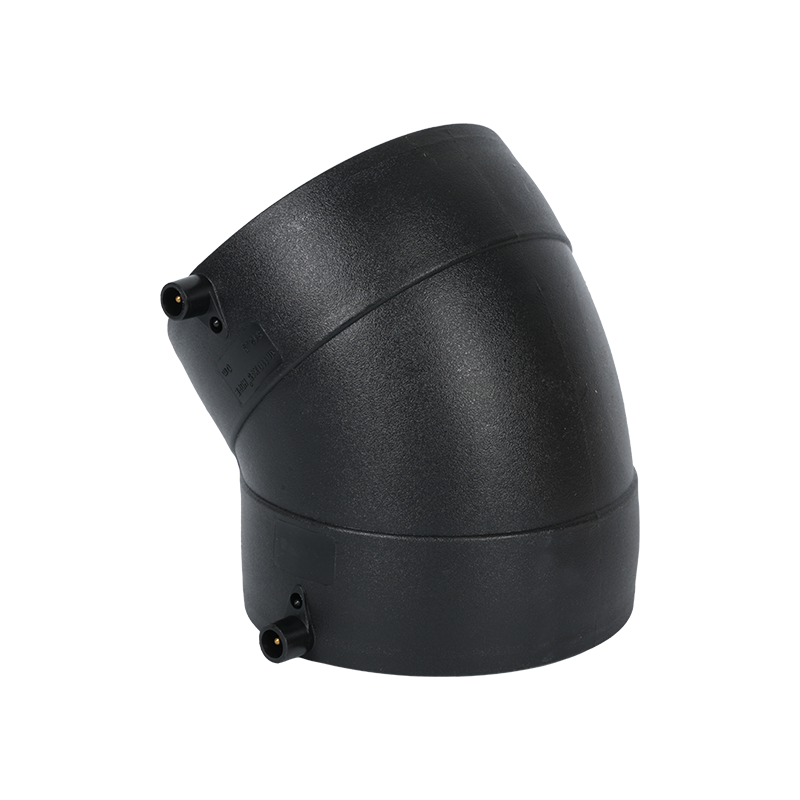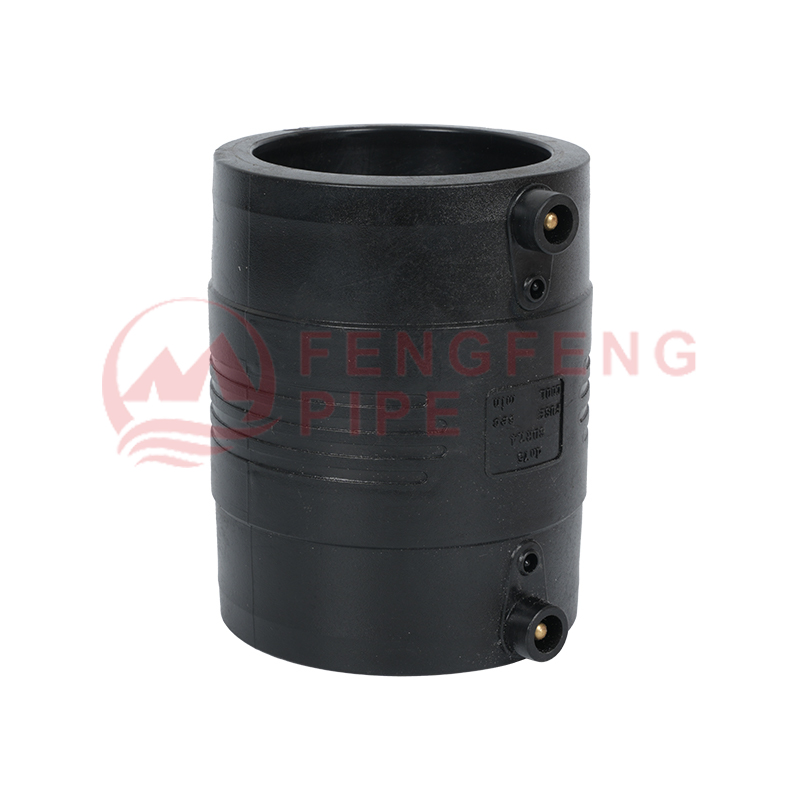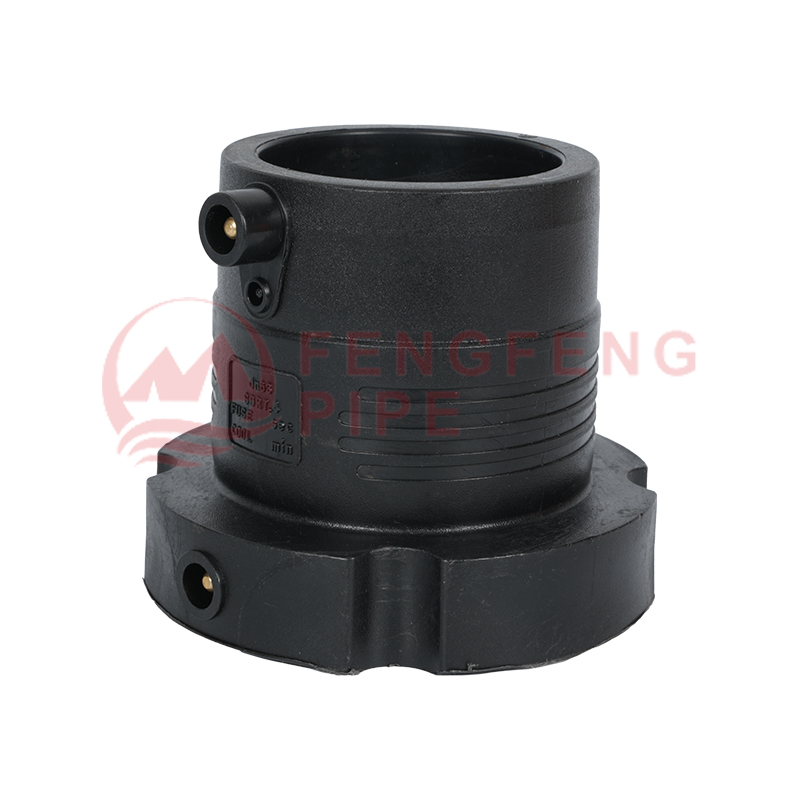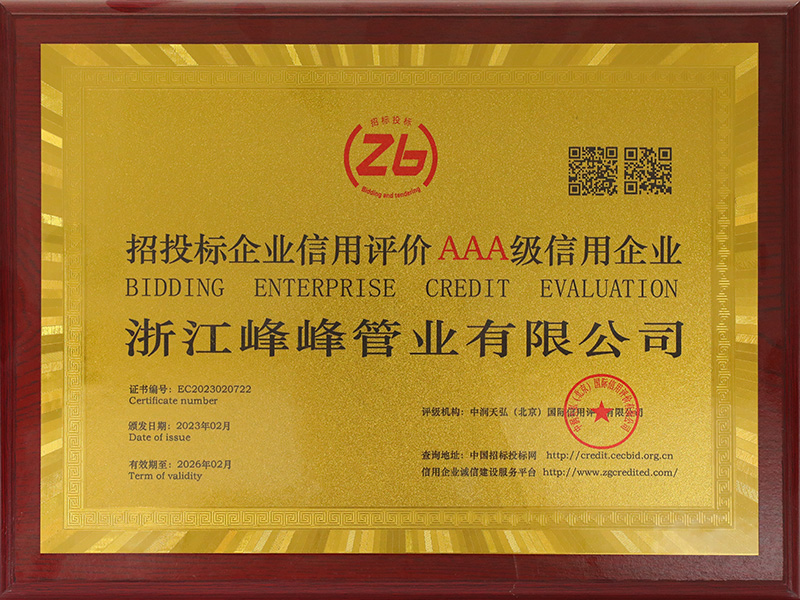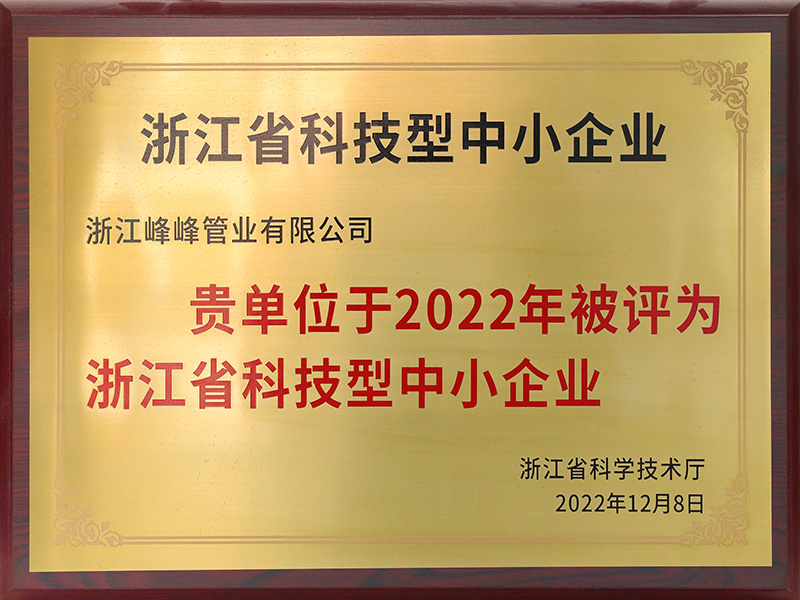Siphon Drainage Tube Anchor Bracket
The Siphon Drainage Tube Anchor Bracket is an accessory specially designed for drainage systems. Its main function is to fix and support the Siphon Drainage Tube in the drainage pipeline. It is widely used in construction, agricultural, and industrial projects to effectively solve drainage problems, improve drainage efficiency, and reduce the risk of blockage and leakage.

Technical Characteristics
The Siphon Drainage Tube Anchor Bracket is made of high-strength metal material and has undergone special surface treatment for better corrosion resistance and wear resistance. It can maintain a stable state in various harsh environments and effectively extend its service life. At the same time, the design of the bracket is very stable and can withstand large pressure and tension. It also has some stretchability and can be adjusted according to the length of the Siphon Drainage Tube, ensuring that it is always in working condition.
The Siphon Drainage Tube Anchor Bracket is suitable for various drainage pipes, including PVC, cast iron, stainless steel, and other materials. Whether it is a new construction or renovation project, the Siphon Drainage Tube can be effectively fixed and supported to ensure its normal operation. In addition, it can also provide brackets of different sizes and shapes according to specific drainage system design needs to meet customers' special requirements.
Specifications
| SPECIFICATION | |
| 50 | 160 |
| 63 | 200 |
| 75 | 250 |
| 90 | 315 |
| 110 | |
| 125 | |
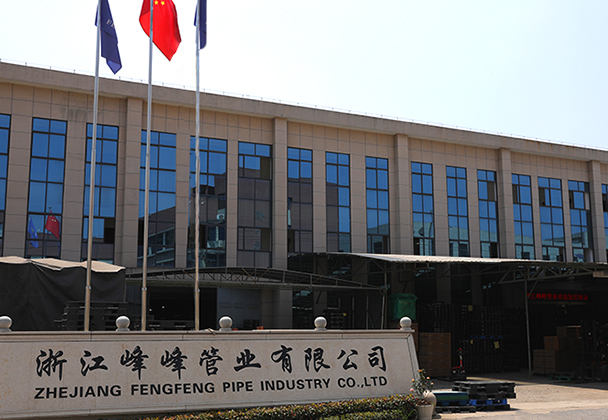
-
HDPE (high-density polyethylene) pipes are widely used in municipal water supply, natural gas transmission, and industrial pipeline systems due to their corrosion resistance, pressure resistance, exce...
READ MORE -
HDPE SOCKET FUSION FITTING is an essential joining technique in polyethylene pipeline engineering. The applicable diameter range is not an arbitrary fixed value. This range is professionally determine...
READ MORE -
HDPE SOCKET FUSION FITTING is one of the most commonly used and reliable connection technologies for small-diameter polyethylene pipe systems. Throughout the entire hot-melt joining process, accurate ...
READ MORE
KEEP IN TOUCH


